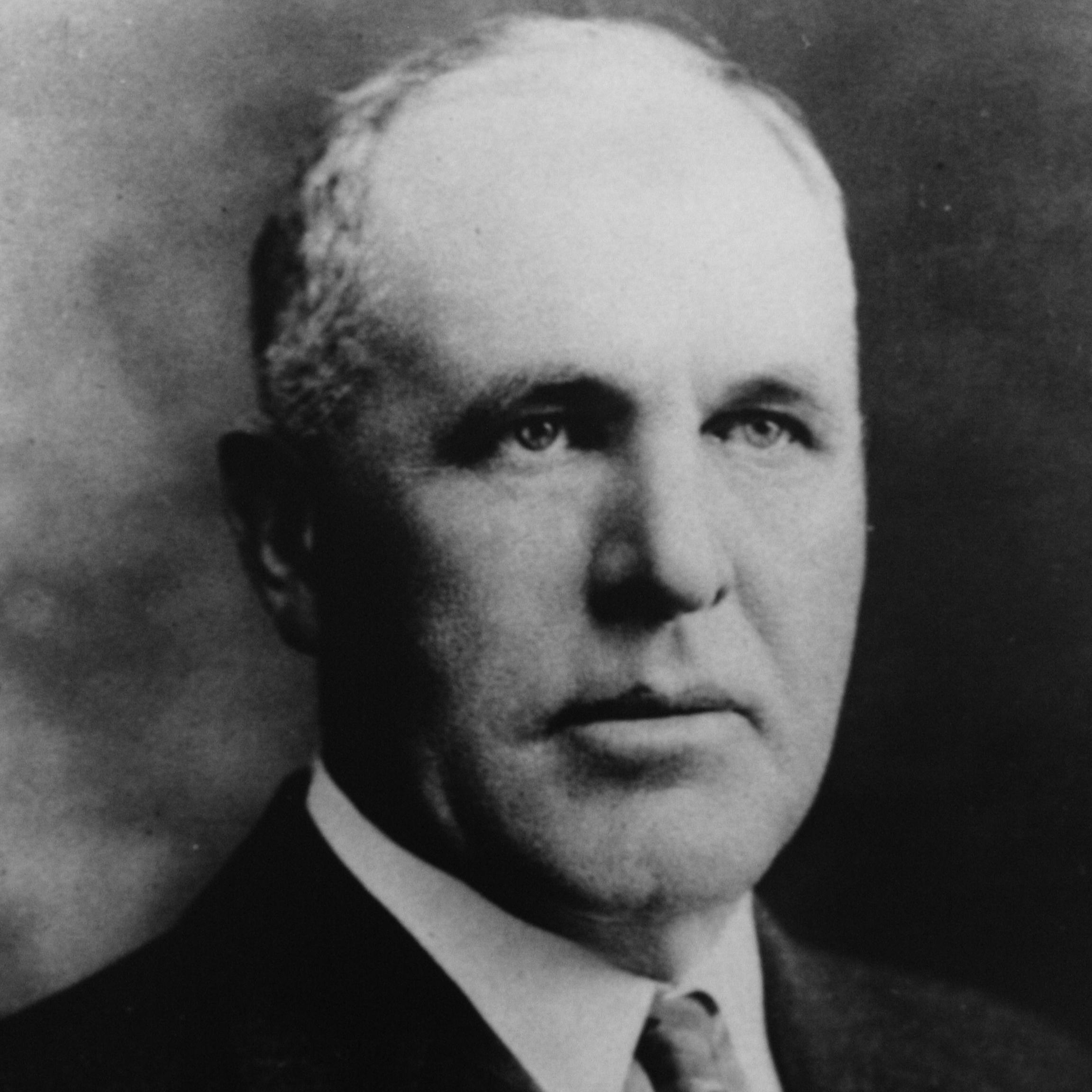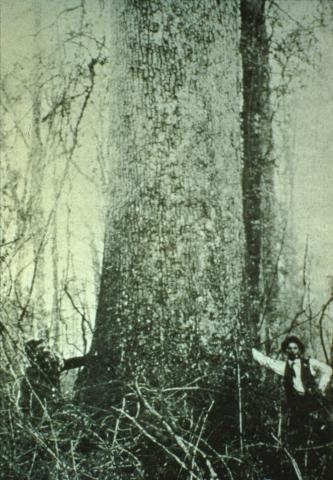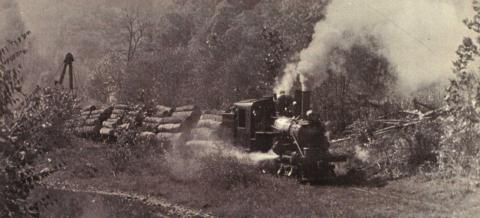History
Native Americans were the first humans to use the area in and around Robinson Forest. Arrowheads and chips of stone called chert have been found near sheltered rock outcrops from which the stone was excavated and used to fashion weapons. Little other direct evidence of native American presence remains, although they may have cleared small patches of land to grow native vegetables. This would have impacted the forest by changing its composition.
European settlers first came to the area in the early 1800's. These settlers had better tools than their Native American predecessors, and left unmistakable evidence of their occupation. They built houses and cleared land for agriculture. They raised livestock and grew crops such as corn, peas, beans, potatoes, pumpkins, squash, flax, molasses, and tobacco, mostly for home use. In the late 1800's, they began to engage in land speculation and logging of the virgin timber. Mills were set up, railroads built, and temporary villages sprang up to house the workers.
In the early 1900’s, the Mowbray-Robinson Lumber Company established roots in eastern Kentucky.

After commercially logging much of their acquired land and as their operations in eastern Kentucky slowed, Mr. E.O. Robinson established the E.O. Robinson Mountain Fund. In October 1923, the E.O. Robinson Mountain fund deeded present day Robinson Forest in trust to the University of Kentucky for the practical demonstration of reforestation and the betterment of the people of eastern Kentucky. By 1925, the settlers and workers had moved from the forest. A concentrated effort was made to remove structures which they had left behind, and forest regeneration began to occur in cut areas. The first forester, C.H. Burrage, spent time establishing boundaries, making maps organizing fire protection, and conducting an inventory of the forest land.
Between 1933 and 1937, the Civilian Conservation Corps was involved in projects such as building bridges, fire towers, and firebreaks; establishing tree plantations and doing timber stand improvements; improving roads; and installing phone lines. They removed American chestnut trees which had been killed by the chestnut blight. In 1939, the National Youth Administration used these logs to begin building the cabins at the forestry camp facilities on Boardinghouse Branch. A Wildlife Restoration Area was established in part of the forest in 1947, and white-tailed deer, wild turkey, and ruffed grouse were successfully stocked.
A two year association program in forestry was begun nearby at Quicksand in the summer of 1964. In 1970, the Department of Forestry was created at the University of Kentucky's College of Agriculture, and a new emphasis was placed on research in forestry and water quality. Many of the teaching areas that now exist in Robinson Forest are results of these studies. Currently, the forest is actively being developed as a teaching, research, and extension facility.


